
DIGITAL DASHBOARDS – A BRIEF HISTORY OF COOL
Let’s face it, it is 2023 and the cars we see around us are all 100% digital. Nothing about them is analogue and will probably never ever again be. There was a time when digital was cool, and we were all looking dreamy eyed at the possible future. I am not such a nostalgist but let’s face it – reality is not as we imagined it. As someone once said – make 1984 fiction again. So, let’s go back to when humanity was a bit less cynical about technology and the thought of a talking robot car with a screen in front of the driver was just science fiction.
I would argue that it was the American and French manufacturers who really started this although technically the first production car to have a “functional” digital dash in “series” production was the Aston Martin Lagonda from 1976. But hold on, this happened in 1985.
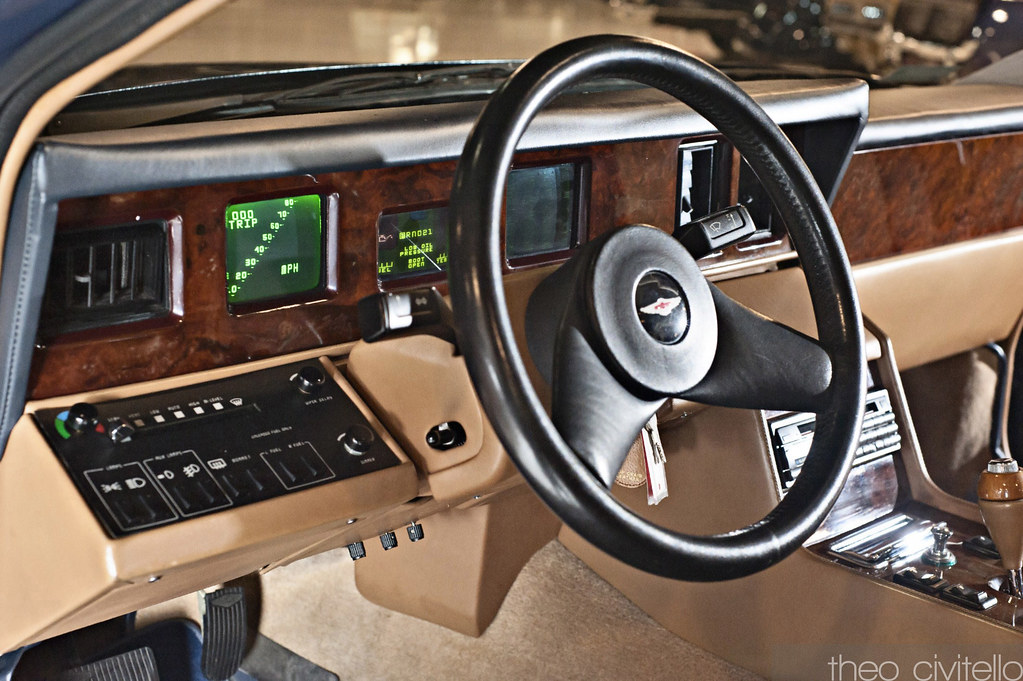
So, in fact it was really the first company to debut a digital dashboard was in fact Cadillac in their 1978 Seville. Although the “dashboard consisted of not much more than an elevator screen showing the MPH. The non- reassuring part was that the screen only had two digits on it which meant that the Caddy was never meant to go over 99MPH.
The Lagonda on the other hand had separate screens showing outstandingly important information about the current gear, fuel and oil levels, speed, and all the space age 2001 a space odyssey beep boops an Aston owner would have liked to imagine the future held.

In 1984 Chevrolet shocked the world by showing the space age dash of their C4 Corvette which stood head and shoulders above the rest of the post fuel crisis boredom of boxes on wheels.
Japan was always there, speculations are there that all the displays for the American cars were made by Casio and for that reason were the only things still functional on a Seville but who knows by now, it has been forty years since then. I am certain there is an expert online working on nothing but them and I would like to ask them to let us know. When discussing the Japanese contributions to digital dashboards in series production cars I can only name three that are stuck in my mind
- Kicking off with a cheat as technically the Skyline had an ordinary dashboard but…Nissan Skyline GT-R R34 with the, at the time, unheard of informational screen which was so ahead of the curve that only the PlayStation Gran Turismo buffs knew how to operate it. By modern standards it was not much to speak of but back then we were shocked at the G force, throttle position and yaw displayed by the now legendary Skyline.

- After that Honda decided to show the world how to make a good roadster (mind you, Honda are the unsung hero of the automotive world in my opinion – just look at the NSX) and showed an incredibly simplistic approach to the digital dashboard in the S2000 where the rev counter was the center piece, and for good reason, it showed that the razor sharp S2K’s F20C (later F22) screamed all the way to 9000rpm.
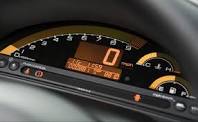
- The Japanese era of incredibly special digital dashboards culminated in a very special Toyota…When I say Toyota, I mean a car which was so ahead of its time that it deserves a book to be written about it, and it has more than one. The Lexus LFA. The dashboard in the LFA was one of the first in the world where digital was not only there to serve the purpose of being cool. The Takumi behind the vehicle claimed that the reason was that no mechanical revolutions counter could keep up with the sexily named 1LR-GUE 4.8 liter, evenly firing, fire breathing V10 of an engine. Although that was just marketing speak the dash was animated and mechanical parts of it moved around to add so much drama to the already incredible machine that the LFA was.
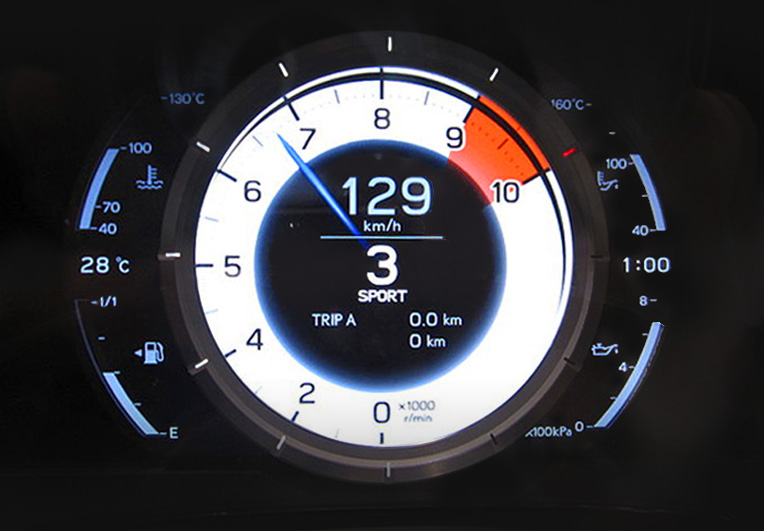
Enter the Europeans.

The 1983 Golf MKII had big shoes to fill and for the most part it managed to fulfil its goal. I mean just look at a Wörthersee meeting and you will see what Golf VW enthusiasts really love, not to mention the impact it had in Country form, also being the father of the Corrado and… I am getting carried away. The MK2 had an option like no other. For the GTI, G60 and Rallye versions one could spec a full digital dashboard which at the time was unheard of for an econobox but as you will later learn it was only a small peak at what VW would later do to the digital dashboard revolution. The Digifiz (as it is known) can be found today for as little as EUR 1800. Up until 2019 this was the price of a really good MK2 GTI 8V.
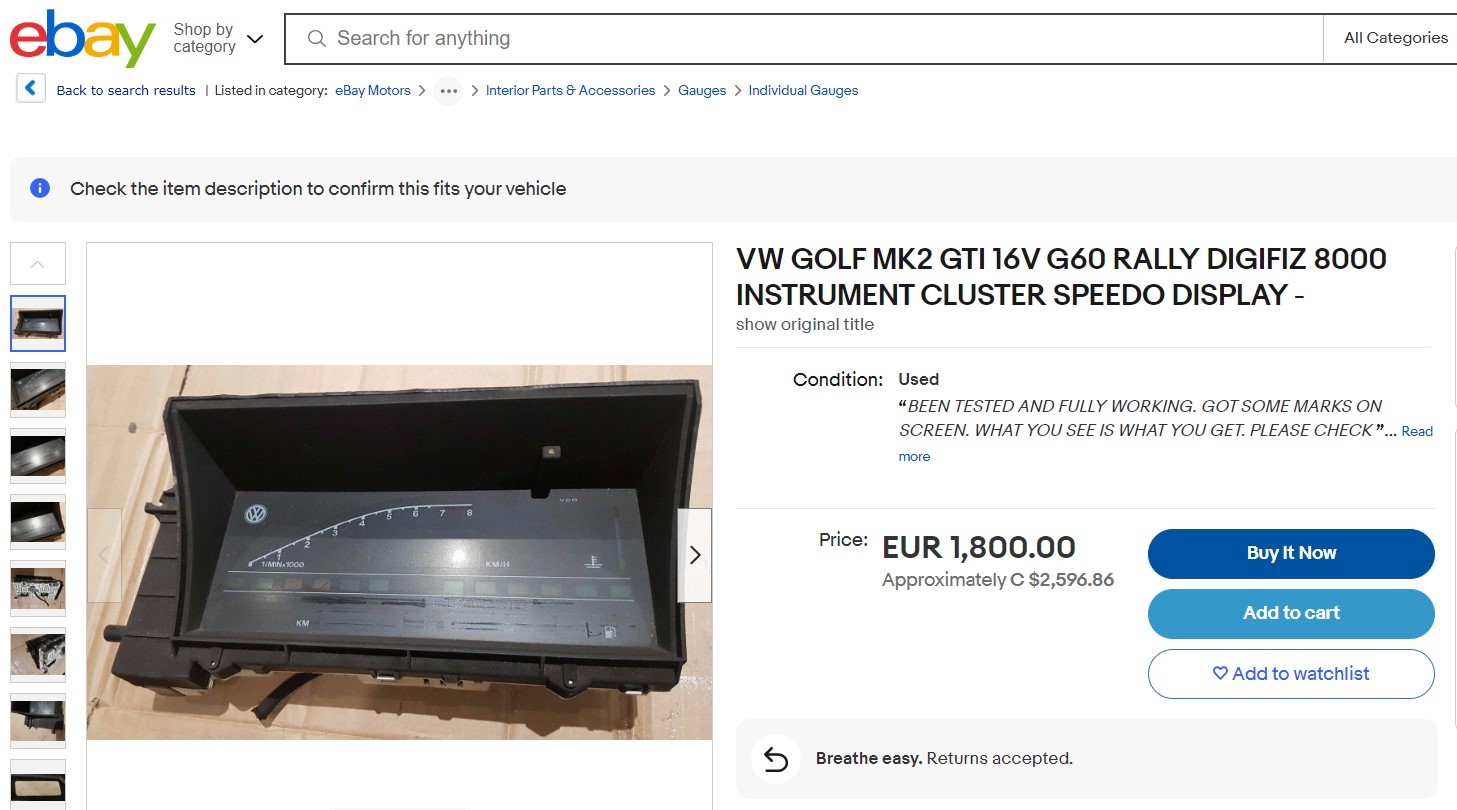
Until we reach today, we just need to stop by the French and their incredible ability to push design forward. One of their top moments in terms of interior were the spectacular Citroens and Peugeots of the 80s – the CX was a full-on design galore and you must read more, but what was special about it was the full schematic of the car and a diagnostic link to all the electrical components right in front of the driver’s view. For the uninitiated this is the one with the cool single-spoke steering wheel. On the other side of the “Alles le bleu’s” spectrum was my favorite concept car of all time the Peugeot Oxia. It was a Le Mans protype in a Chanel dress or a fighter jet with roll down windows. It was the coolest.

Today digital dashboards are the norm – I believe the idea was reborn around 2008 thanks to the Range Rover, then BMW had a great option with the 6WB dashboard, but the revolution was really made with MQB and MLB when the virtual cockpit was debuted. The charm was already lost at that point. I think we lost the plot because the only reason why we have digital dashboards now is that they are cheaper to manufacture than the regular ones. Manufacturers order screens by the boatload and have developers revise the software and graphics installed in them and that is all there is to it. The magic of the digital dashboard with its hope for the future is once again lost to accounting. The way things are going the fighter jet inspired clusters of the 80s will soon be replaced by mass produced screens with changing screensavers of today. Pity really.
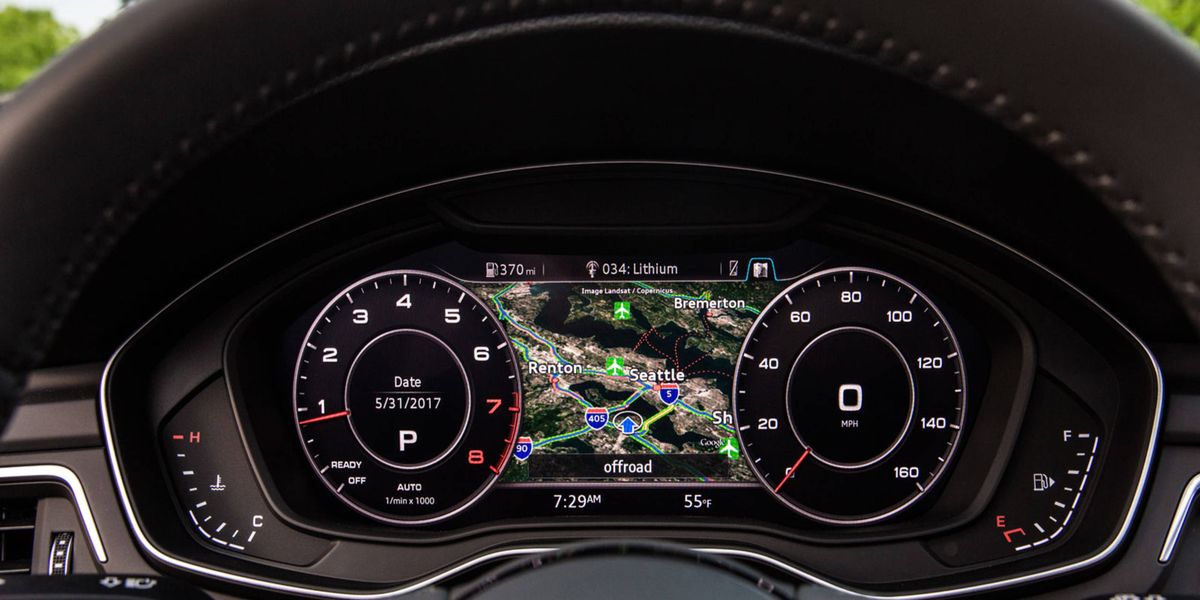
There is still hope, my dear reader. There is hope. Augmented reality screens (as shown in the W223 S class, W221 was the first to have night vision digital dash by the way) are the new cool with projection over the windscreen of the cars and the ability to push the available technology further via navigation and notification for object the driver might not see are wonderful and great and I believe the automotive technology enthusiast will still have features to lust over for years to come.

If you or your customers are into virtual cockpits and their replacement in the context of MQB I am sure that one of our upcoming videos on the AVDI FAN YouTube channel will certainly interest, you. Give us a couple more weeks and we will give you yet another tool to upgrade MQBs. Until then take care of yourselves and see you next time.
Alek

 Personalizzazione TCU senza dati FBS4
Personalizzazione TCU senza dati FBS4
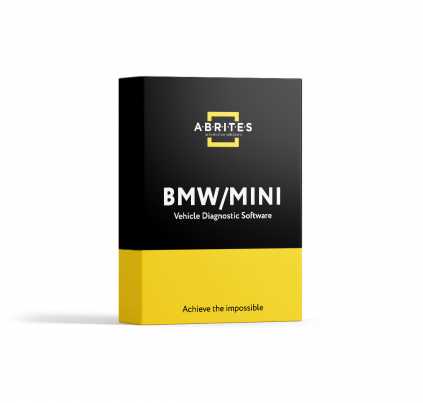 Sostituzione BDC2 e Reset Chilometraggio
Sostituzione BDC2 e Reset Chilometraggio